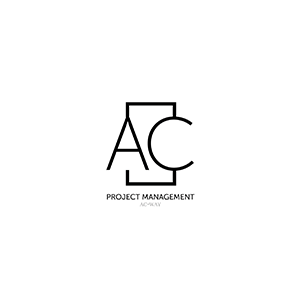The Marine Renewable energy industries (defined in the framework of the CLIPPER Project) are here defined as all the industrial activity related to the design, construction, maintenance of all types of ships and maritime structures for harnessing the power of the sea, including all the components of the supply chain of systems, equipment and services as well as all the value chain capable of proposing innovative technological projects in the field of MRE.
Within this framework, MRE include all the technologies enabling energy to be produced from different forces or resources in the marine environment: wind, wave, currents, tides, temperature variation between warm surface waters and cold waters deep down. Each of these sectors has a degree of maturity and specific development prospects in the medium/long term.
Pays de la Loire and Asturias present complementary ecosystems in terms of MRE: the cross-cooperation that this Resolutions contest develops, will allow lasting ties to be established between the two territories and will encourage innovation and internationalization in this rising sector.
Challenges in the MRE sector are numerous, for example:
Photo credit: EDF Renouvelables
Event
Opening of the call for innovations
Evènement : La Grande finale
Selection of the topics to be addressed
Opening of the call for innovations
Selection of innovation proposals
Publication of results
On May 25, each company chose the proposal that best suited their needs, in fact committing to work jointly with the solver for 3 months to concretely co-develop the solution chosen and adapt it to the initial situation.
What tool can be developed to optimize the logistics of the assembly and the offshore installation of floating wind turbines? How to examine the sensitivity of this supply chain regarding project specificities and meteorological conditions?
Launching floats is a major and strategic technical issue. CHARIER GC proposed slipway-type launching equipment with a tilted, retractable plane called DYNAMIC SLIPWAY. CHARIER GC searches through the RESOLUTIONS device for technical industrial solutions to guarantee the operability of the equipment.
We need to optimize logistics: the transport, handling and consumption of hydrogen generated offshore. Objective: Reduce the logistical cost of hydrogen transportation with disruptive ideas that optimize its value chain.
We need to optimize offshore wind farms in their design and connection. Objective: we launched the challenge of defining innovative solutions for the connection of the park considering its power and distance from the coast.

Specialized in onshore and offshore wind power, AC-WAY has solid experience in industrial projects planning as well as good contextual and technical knowledge of (sea) renewable energy projects.
A technoligical solution is proposed to bring the 20 information in paper to 3D and digital format. In addition, virtual and augmented realitual technologies will be used to facilitate the work of assembly technicians